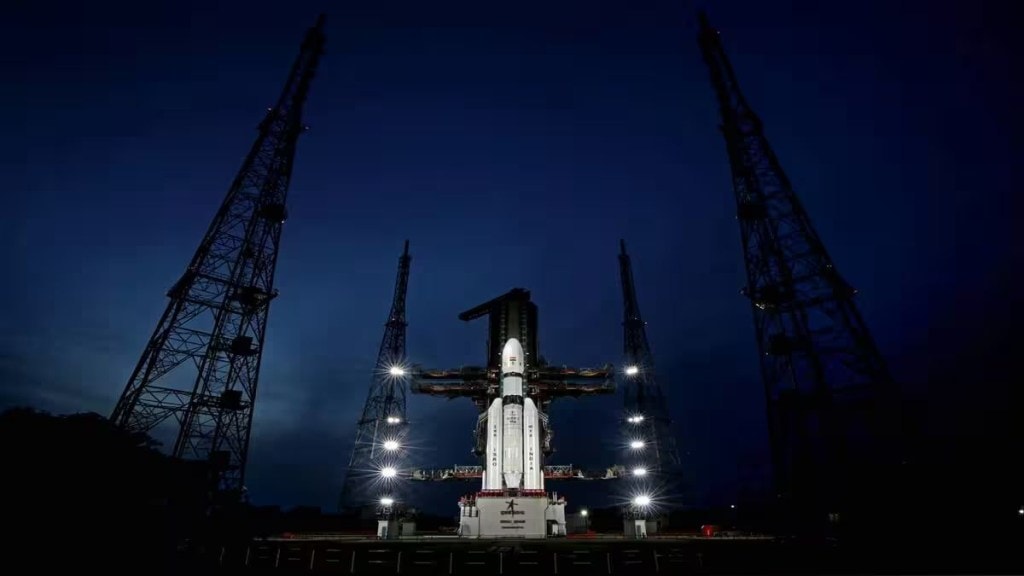India’s space agency, ISRO, is currently in pursuit of a significant feat, successfully landing a spacecraft – Chandrayaan-3 – on the southern pole of the moon.
This mission holds the potential to propel India’s space ambitions forward while also contributing to a deeper understanding of lunar water ice, a resource that could prove highly valuable for future endeavors.
Exploration of Lunar Water Ice
The concept of water existing on the moon has intrigued scientists since the 1960s, predating the initial Apollo landings. Early assessments of lunar samples from the late 1960s and early 1970s yielded no signs of moisture. However, advancements in technology brought new insights.
In 2008, researchers from Brown University reanalyzed lunar samples using advanced techniques and identified traces of hydrogen within minuscule beads of volcanic glass. The following year, a NASA instrument aboard the Indian Space Research Organisation’s Chandrayaan-1 probe detected the presence of water on the moon’s surface.
In the same year, another NASA probe that hit the south pole found water ice below the moon’s surface. An earlier NASA mission, the 1998 Lunar Prospector, had found evidence that the highest concentration of water ice was in the south pole’s shadowed craters.
Significance of Lunar Water Ice
The allure of ancient water ice lies in its potential to provide a historical record of lunar volcanism, insights into materials transported by comets and asteroids to Earth, and clues about the origins of Earth’s oceans. Beyond its scientific importance, water ice could serve practical purposes for future lunar activities.
If available in sufficient quantities, it could offer a source of drinking water for astronauts exploring the moon and assist in cooling equipment. Moreover, the breakdown of water ice could yield hydrogen, a fuel source, and oxygen for breathing, thereby supporting missions to Mars and facilitating lunar mining.
Navigating Challenges at the Moon’s Southern Pole
The journey to the southern pole of the moon presents unique challenges. Historical attempts at lunar landings have encountered setbacks. A recent example is Russia’s Luna-25 craft, which veered out of control during its approach to the southern pole and crashed. Unlike past missions that focused on the equatorial region or the crewed Apollo landings, the southern pole is characterized by a rugged terrain riddled with craters and deep crevices.
India’s ISRO is poised for another attempt with the Chandrayaan-3 mission, targeting a landing on Wednesday. A previous Indian mission faced difficulties in 2019 while trying to safely land near the same region earmarked for Chandrayaan-3. Notably, both China and the United States also have ambitions to explore the moon’s southern pole, each with planned missions.
(With agency inputs)
